
Oenology and Viticulture

difference between technical taster and tasting (assagiatore – degustatore)
TECHNICAL TASTING: is performed with verified and standardized procedures (for example, charts), in which the culture of the Subject (technical taster or judge) is “restrained” so that…

4 Steps into the Sensory World of Wines
Sensory analysis in tasting and technical tasting is something fascinating. At first glance, one might think that learning the tasting technique or evaluating a wine does not require knowing the neurophysiological or psychophysiological mechanisms that allow us to learn or evaluate.

WINE TASTINg (part 2)
FUNDAMENTAL ELEMENTS
• Wine tasting involves sight, smell, taste and touch. • ISO has standardized glasses to optimize tasting. • Tasting is something personal that everyone can experience. • This custom includes visual examination, olfactory analysis and gustatory evaluation.
• Each step tells its story and expresses the typicality of the wine.
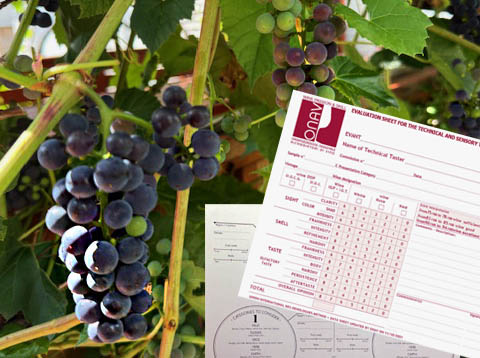
ONAV TECHNICAL TASTERS EVALUATION SHEET – SOMMELIER EVALUATION SHEET
The ONAV Technical Tasters’ Evaluation Form is inspired by that adopted by the Union International des Oenologues; it is not a descriptive form of specific parameters or descriptors of a wine. It focuses primarily on the technical and objective analysis of the wine’s characteristics, using a standardized form to evaluate aspects such as appearance, aroma, flavor, and structure.
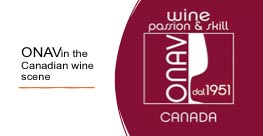
ONAV in the canadian wine scene
Canada is becoming a global powerhouse in the wine industry, producing excellent quality wines and demonstrating a keen appreciation for the world of wine, viewed not only as nourishment but also as a cultural asset. Grape cultivation and the production of high-quality wines are expanding exponentially, and interest in the diverse international wine scene is constantly growing. For this reason, ONAV chose to enter Canada, and it certainly did so quietly and with great respect for existing associations.

history of british columbia wine
I’m joined by Kelly Josephson of BC Wine, who is in charge of Marketing & Communications Strategy, and the topic we’re going to talk about is BC Wine. The British Columbia wine region is a marvel. As ONAV Canada, we’re interested in learning about its excellent wines and its unique terroir. I should point out that ONAV is the oldest Italian wine organization, founded in 1951. Its goal is to teach the technical aspects of wine tasting, as well as to educate people about moderate drinking.

Botrytized wine (moulded wines)
Consulting any wine dictionary we will find the word “botrytized”, the definition is of this type: “a wine is said to be “botrytized” if it comes from grapes attacked by ‘noble rot’, better known as Botrytis Cinerea”.

Made in Italy, Oenological tradition
Made in Italy is something that is appreciated all over the world and important for our economy, of course everyone alwayst refers to the finished product (example in our case the wine bottle), but we do not think that the most important part of made in Italy is that of those who allow us to have…
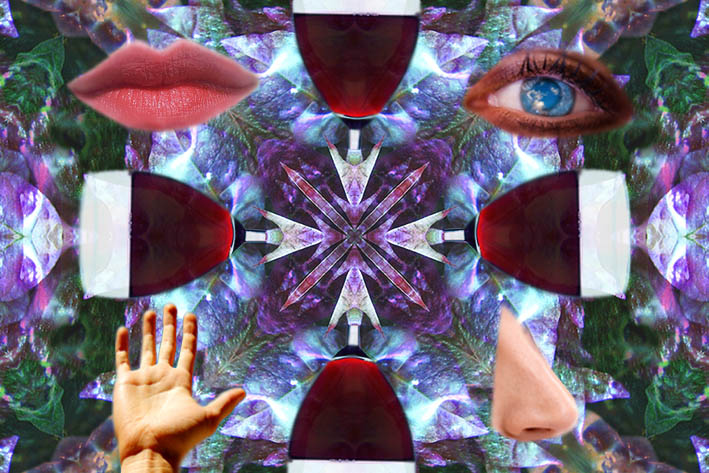
Emotions and their objectivity: sensory analysis
In the complex world of tasting there are many figures that can be considered similar, but in reality they are not “Assaggiatore and Degustatore”, which in English are translated with the same word (Taster and Taster). Well, now we will dispel these doubts and clarify the difference. First of all we will translate into English the verb “ASSAGGIARE” with to Taste Technically and the verb “DEGUSTARE” with To Taste.
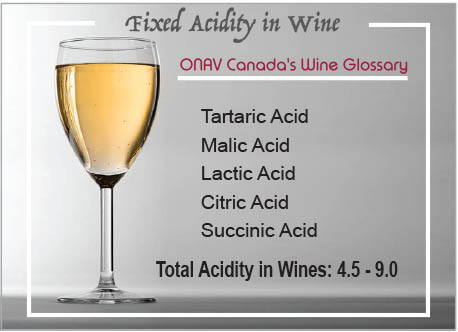
Fixed Acidity in wine
ONAV Canada’s Wine Glossary
Fixed acidity in wines is determined by the total amount of non-volatile organic acids. The most important fixed acids in wine are tartaric acid, malic acid, lactic acid, citric acid, and succinic acid. Lactic acid is created primarily during malolactic fermentation, when malic and citric acids degrade and transform into the softer lactic acid. The substances responsible for fixed acidity in grapes are present in the berry itself and are one of the key parameters for determining harvest time. In white wines, especially sparkling wines, acidity is the key…
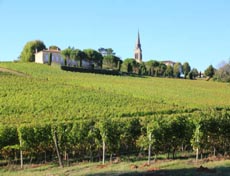
France, what is happening to the vineyard surface area from 2024?
France is a country renowned worldwide for its fine wines. People have long flocked to the south of France to admire its vast vineyards and taste its delicious wines. It may therefore be surprising to learn that the French government has announced plans to uproot large swathes of vineyards. This seemingly drastic measure is the government’s response to the shrinking wine sector and is part of a broader plan to uproot up to 100,000 hectares of vineyards.

italian native wines
A certainty regarding the peculiarities of Italian wine is this, the wealth of native vines that places us in a position of absolute primacy, unattainable. I would like to underline, an even greater wealth, which is a sort of subset in which all Italian varietals are enclosed and we are talking about…

WINE TASTINg (part 1)
Wine tasting is a complex sensory experience, involving sight, smell, taste and touch. Before 1970, the practice was characterized by a wide variety of glasses, each tied to specific regions and producers, making tasting a highly subjective and messy experience. The introduction of the ISO, with its standardized glass, brought order to the landscape…
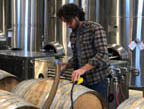
Okanagan BC , Winemaker Matthew Fortuna
50 th Parallel Estate Winery
I’ve had this deep love for food and wine since I was very young. My curiosity always leads me to explore something new. I was searching for wineries in the Okanagan on LinkedIn to introduce ONAV (the Italian Organization of Technical Wine Tasters) to winemakers. I came across Matthew Fortuna. Looking at his last name, I thought he was Italian. I contacted him and asked if he was Italian, and the answer was, of course, affirmative.
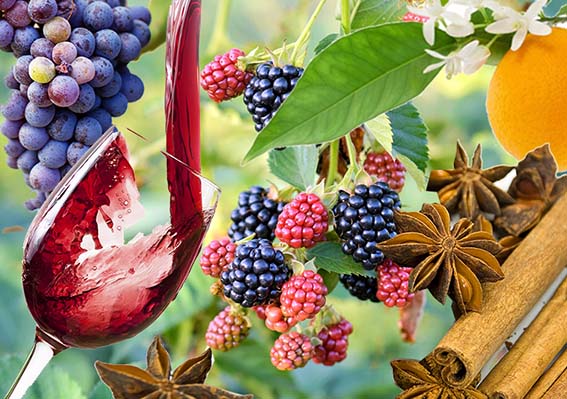
Sensory Analysis & Sensory Evaluation
Here’s the difference
Sensory analysis is the objective and scientific process of recording the characteristics of a product (such as wine) using the senses, while sensory evaluation is the
interpretation and qualification of those perceptions to determine the quality, style, and possible presence of defects in the product. In practice, analysis collects sensory data, and evaluation judges them in a quality context
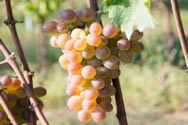
BARATUCIAT, A PIEDMONTESE WINE TREASURE
Rediscovering hidden treasures (grape varieties) will be a dear topic to me, one I will always address, because I feel it’s right and proper to enrich the knowledge of those who love this nectar. It’s too easy to recall the great names, but our heritage also includes great wines with names unknown to the public, such as Baratuciàt. ONAV Canada will also address this. Baratuciàt is a true winemaking treasure, found in the heart of the Piedmont valleys, amidst the breathtaking landscapes of the Cenischia and Susa Valleys.
